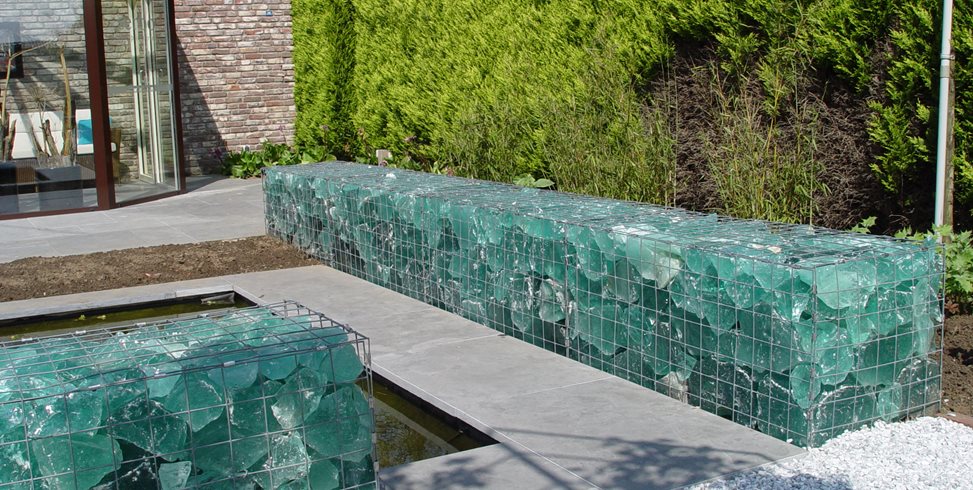When you want to build a gabion retaining wall, you should measure your property carefully before you start buying materials. Gabion retaining walls Melbourne can come in a variety of sizes and shapes. If you’re using rock fill, calculate the cubic meters needed before purchasing stones and gabion baskets. Be sure to measure the size of the holes in the baskets to ensure that the rocks fit properly.
Gabion walls are a great choice for many properties. They add flexibility and a design feature to the landscape, and they’re affordable. If you’re looking to prevent erosion or redirect floodwater, gabion walls may be the ideal solution. And they’re easy to build, because you don’t need to pour a cement footer. But they won’t blend in with your landscaping and might end up being a focal point.
Another advantage of gabion retaining walls is that they don’t crack or collapse. While other types of retaining walls can become unstable and fall apart, gabion walls are made from flexible wire mesh, so unless the wire cage breaks, the wall won’t collapse. In addition, gabion walls don’t require timber or cement, so they have a low carbon footprint compared to other options.
Another benefit of gabion retaining walls Melbourne has is their ability to provide passive cooling because they are porous and allow air to move freely. Since the gabion walls are free-draining, they are not susceptible to erosion and don’t require a foundation. These walls increase in strength over time and can also conform to movement in the ground.
A garden irrigation system Melbourne company can help you design and install a system for your backyard. Choosing the right system will depend on several factors, including the amount of water you need, the location of your plants, and the climate. A quality irrigation system can save you time and money while ensuring your plants receive ample water. In addition, a good irrigation system is easy to maintain.
First, you need to map out the area you want to irrigate. This can be done using graph paper or grid paper. Mark off the areas you want to water on a scale of one inch to five or ten feet. Once you know this, you can start calculating the amount of water you need to provide each zone. After this, you can choose whether to use a drip irrigation system or a spray system. In some cases, you might want to mix the two.
A garden irrigation systems Melbourne company can help you with the most cost-effective, efficient water-saving solution for your garden. They will also be able to provide expert advice about water features. Their team will be able to give you the best advice according to your needs, timeframe, and environment. These professionals have over 40 years of experience between them and can create the perfect lawn and garden maintenance program for you. Regular maintenance of your garden should be seen as an investment, rather than an expense.
Different types of plants require different amounts of water. Some require watering every few days, while others require more than one application. In both cases, it is important to understand your plants’ needs and select the right system. Drip irrigation is a method that drips water close to the roots of the plants. This method has been used for decades in agriculture, and is more efficient than traditional sprinklers.

